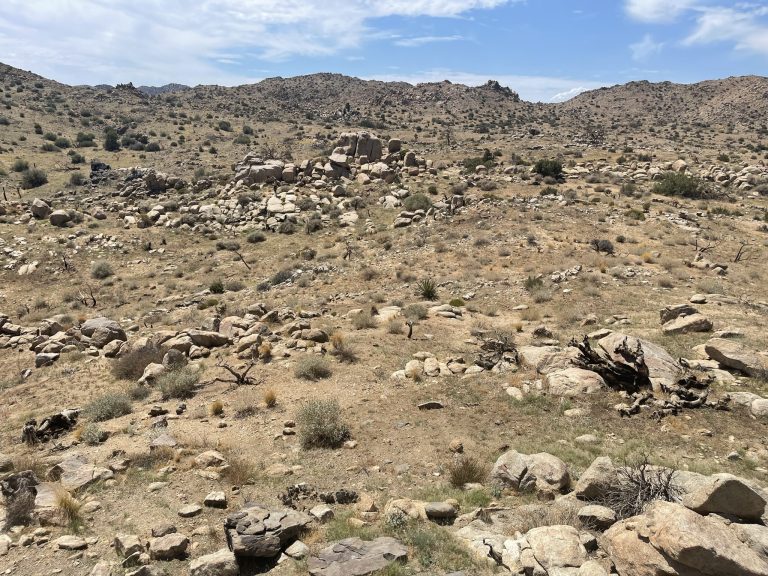Retaining Wall
Retaining Wall: A structure that provides the support needed to hold (in place) a mass of earth, preventing it from moving downhill. Retaining walls are relatively rigid structures comprising footings and a drainage system, in order to retain the soils between two different elevations. Updated May 25, 2020.
Construction & Design
A lot goes into the proper designing and installation of these structures. For instance, one important consideration is the natural tendency of the retained material. Other factors are moisture content, subsurface drainage, normal and lateral forces, soil characteristics, vegetation, and more. Furthermore, the local geology must be considered, as the area may have particular slope failure points and faults which need to be mitigated. If these aspects of a site are not properly addressed, a wall may not be well engineered. And as a result, earth pressures can overturn or push the wall towards failure.
The Four Basic Retaining Wall Catagories
Gravity Retaining Walls
A gravity wall is the most basic type. These walls use mass and weight to hold the soil and resist lateral earth pressure. When it comes to materials, a gravity wall has the widest amount of variety. Some options available are pavers, segmented blocks, unmortared stone, and bricks.
Sheet Piling Structure
A sheet piling retaining wall uses a thin wall of wood, vinyl, or steel that is driven directly into the soil. Sheet piling walls have a vertically corrugated structure that provides additional reinforcement and is usually applicable when space is an issue. It can also offer the most cost-effective solution.
Anchored Retaining Wall
An anchored wall is commonly used to provide additional support for structurally thinner walls. It allows for a number of “wall fronts” to be supported by anchors driven into the earth behind them. The anchors are affixed by strips or cables. Usually, these anchors are mechanically driven into the earth and their ends are expanded by mechanical means, or by injecting pressurized concrete.
Cantilevered Wall
This type of retaining wall is also called a reinforced retaining wall and works on the principles of leverage. It makes use of a wall attached to a slab foundation that goes under the soil the wall is supporting with an “L” shape form. A cantilevered wall is considered as the most common type of earth-retaining structure and is favored in commercial developments for its strength.


